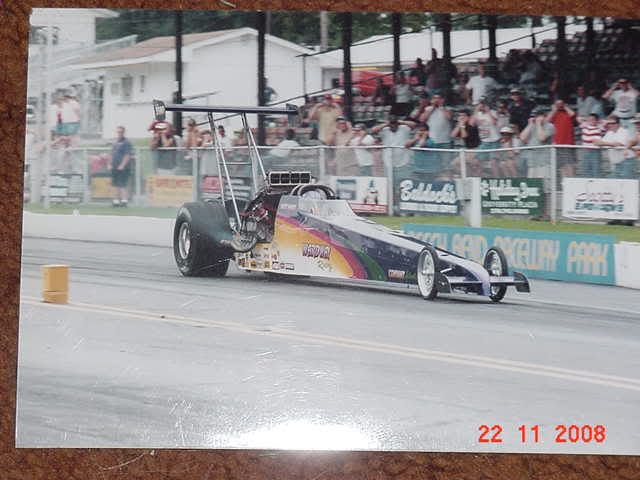maduro
Pre-Flight
- Joined
- Jun 20, 2013
- Messages
- 96
- Display Name
Display name:
Maduro
Ok, here is a head scratcher. My Arrow is parked at a tie down and the battery died(yeup, the master was left on). I can get a Piper external power supply at Aircraft Spruce but I don't have AC power source near by. The Arrow came with an external power cable with aligator clips.....can I connect it directly to a car battery and connect to the airplane to charge the battery? What are my options to get her juiced up again? Thanx in advanced.


